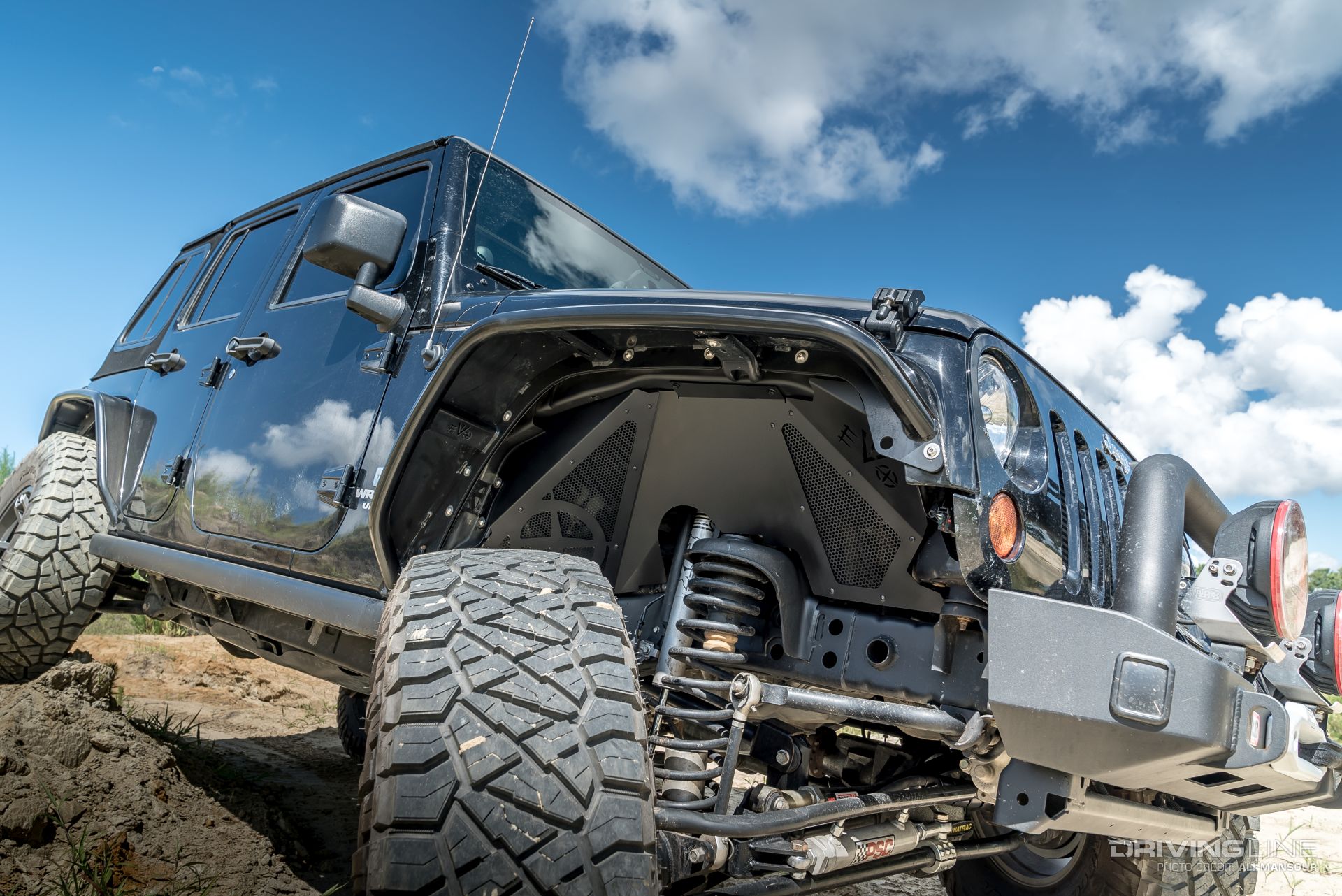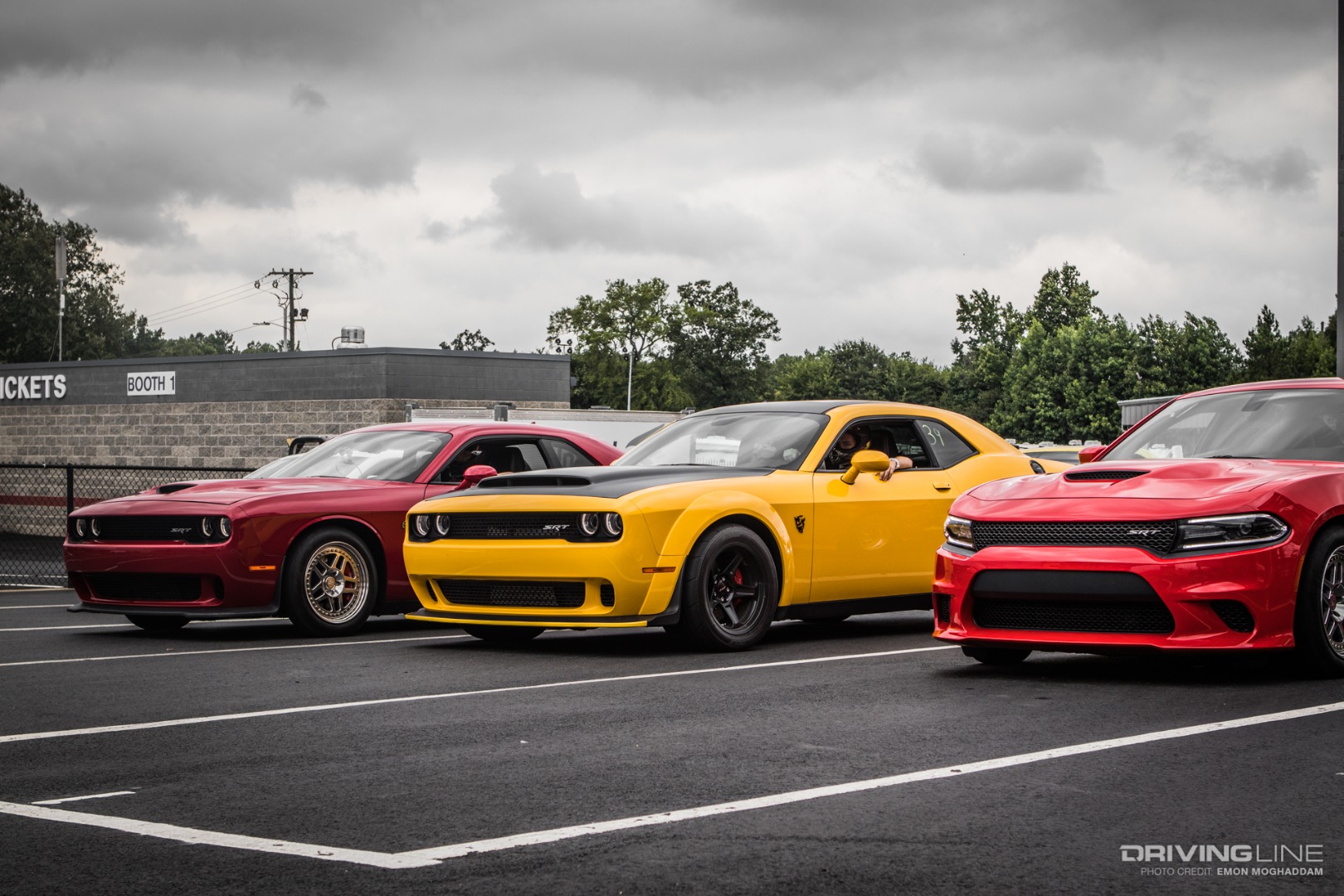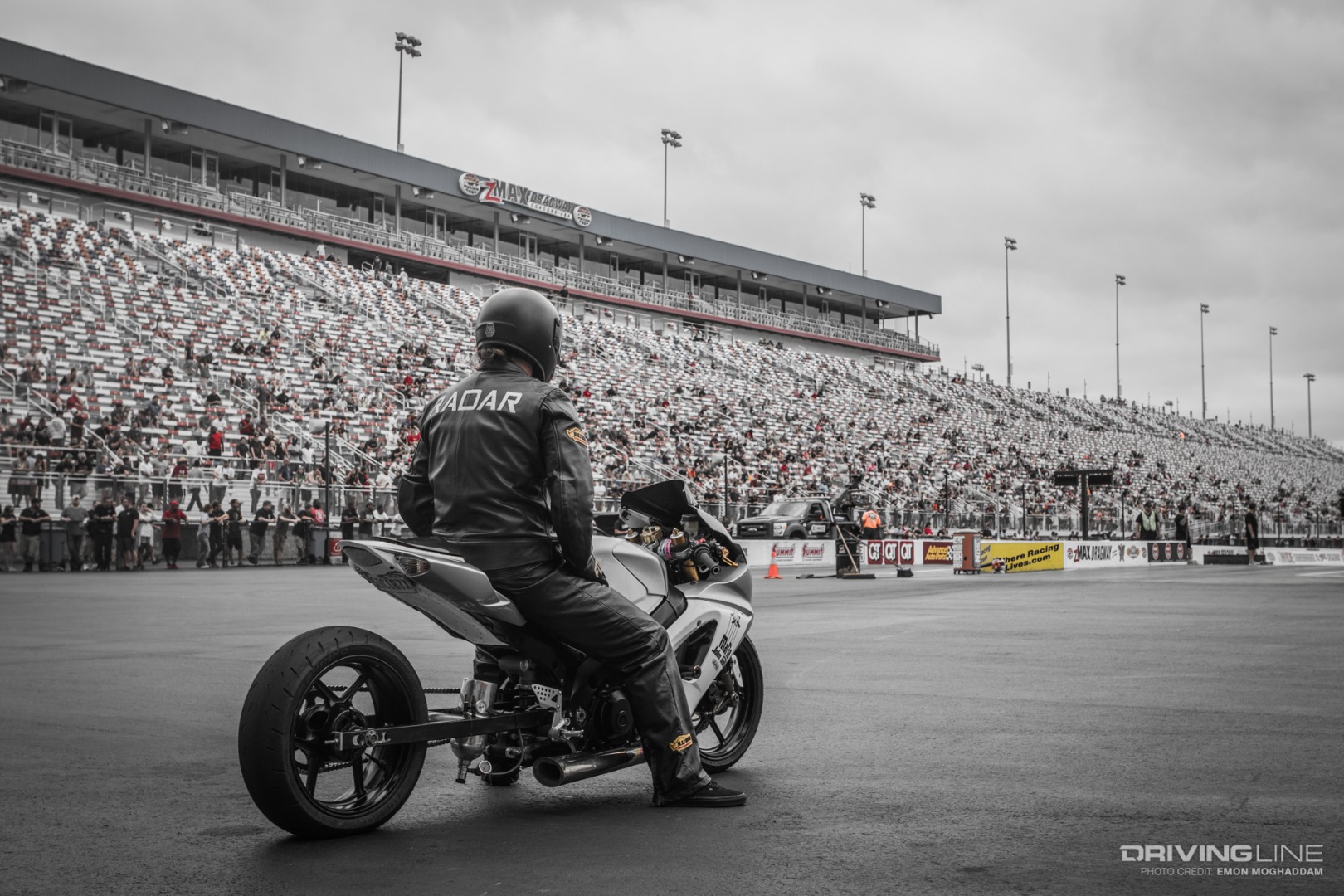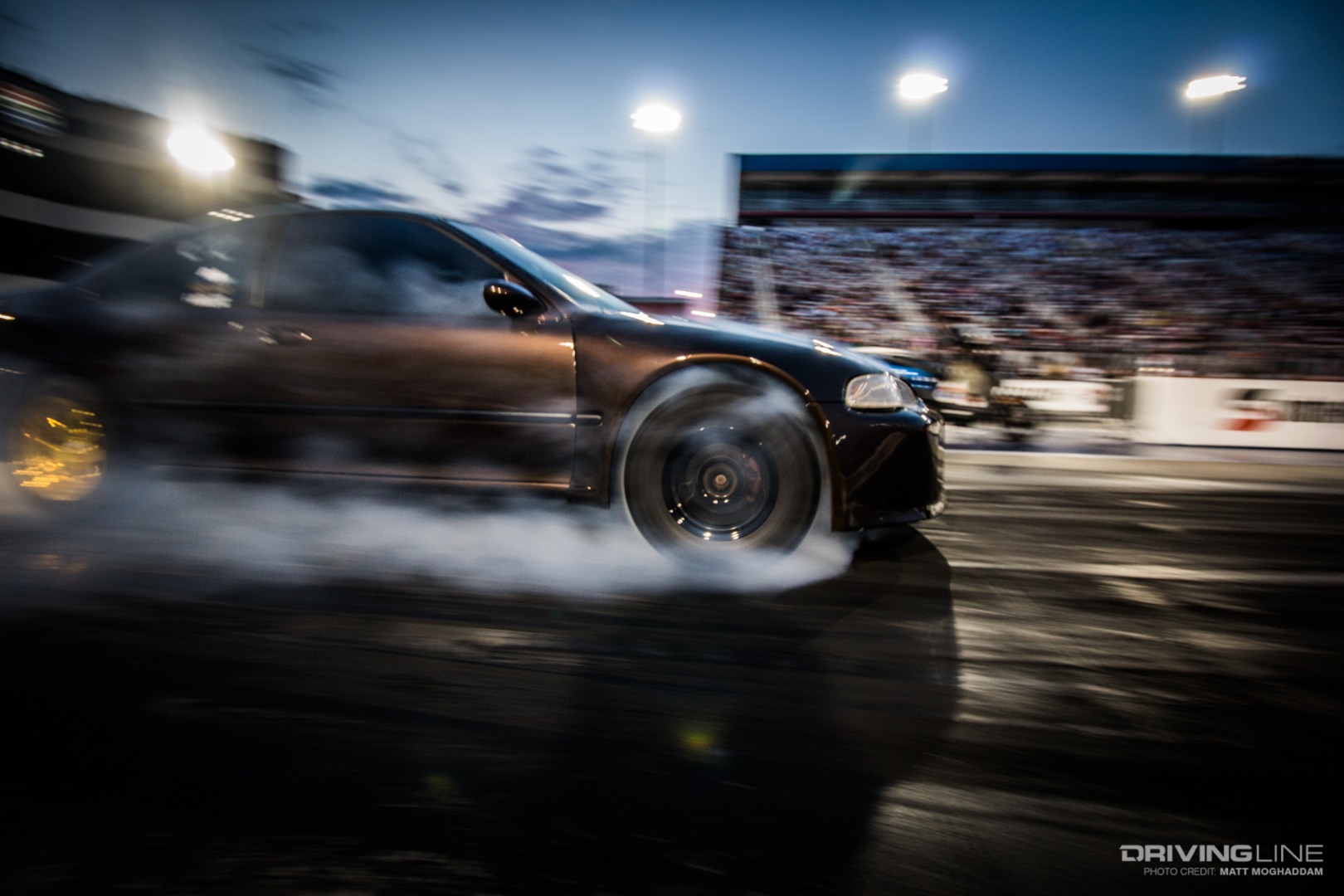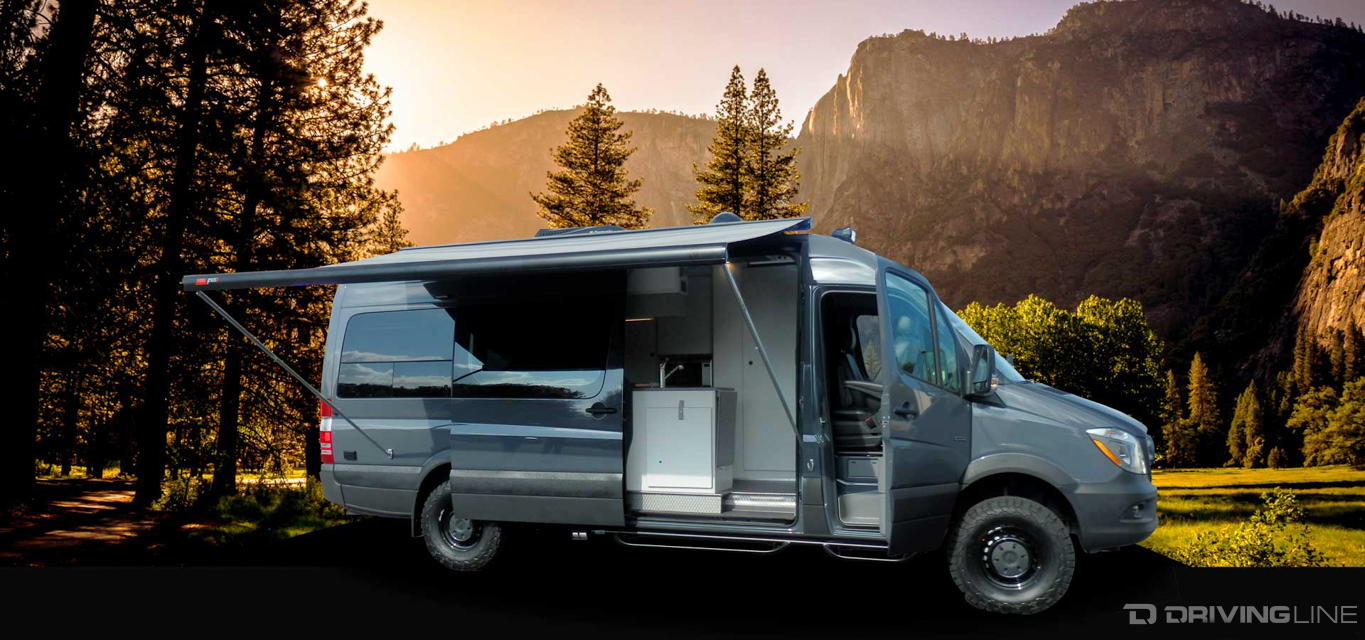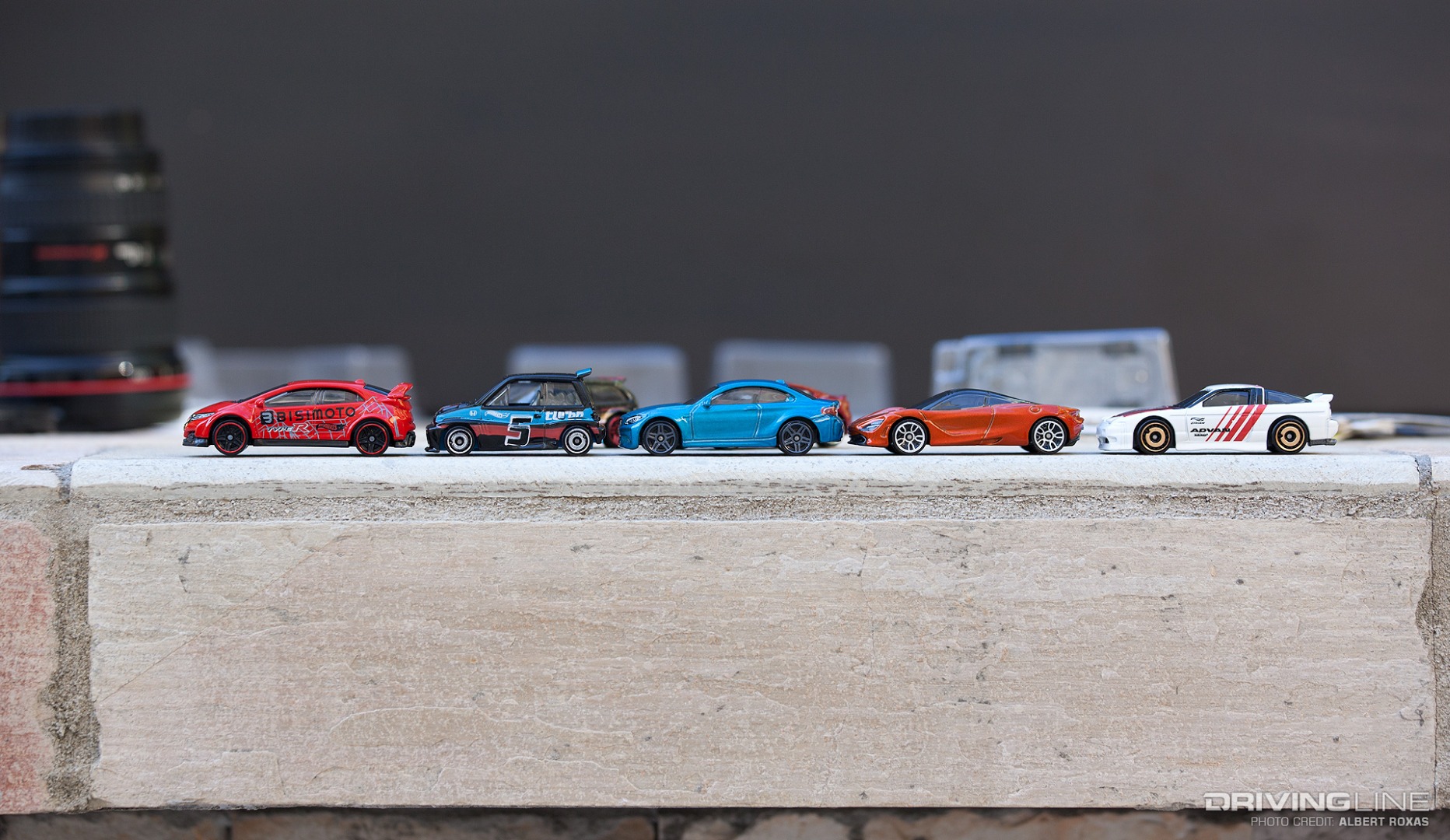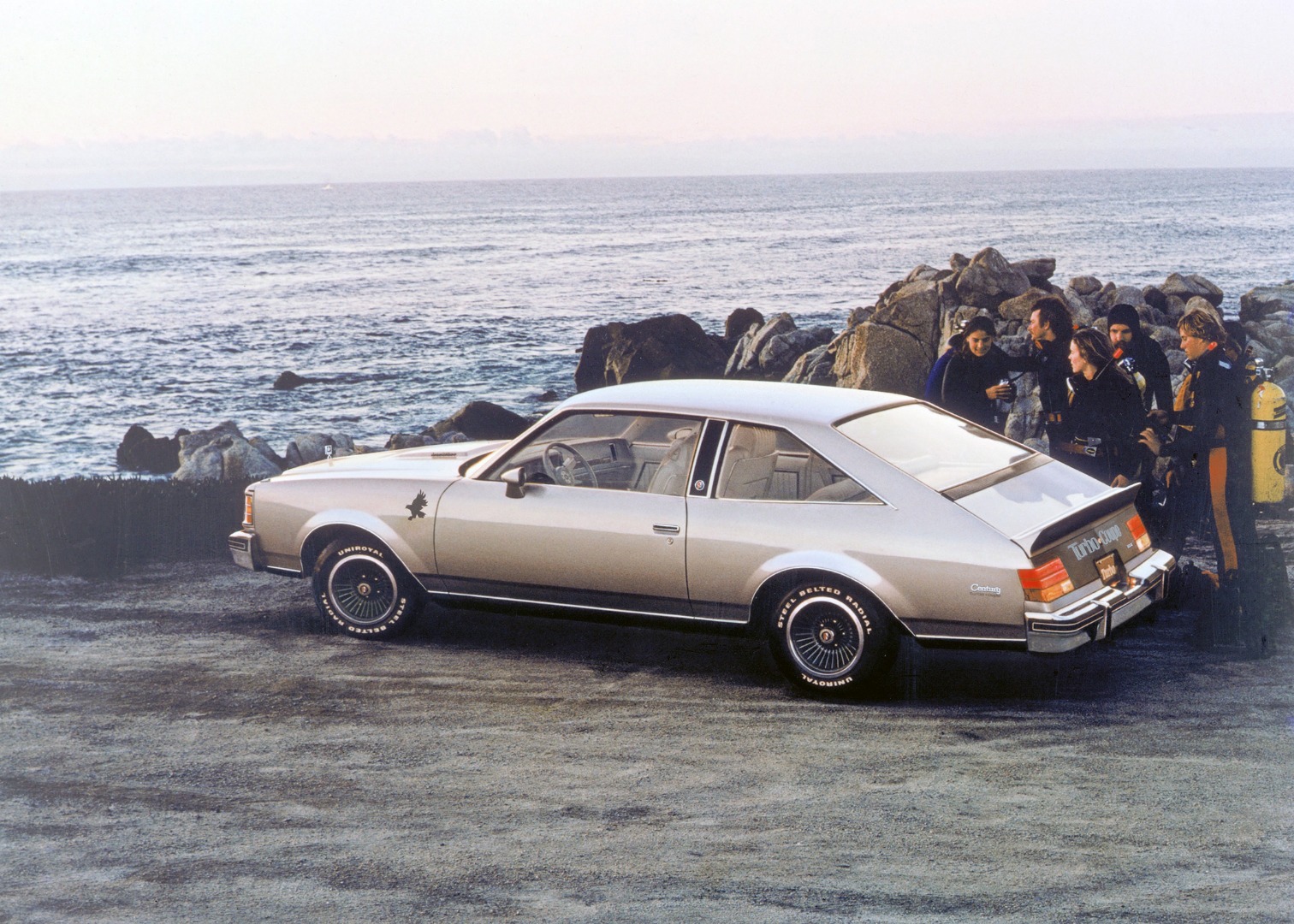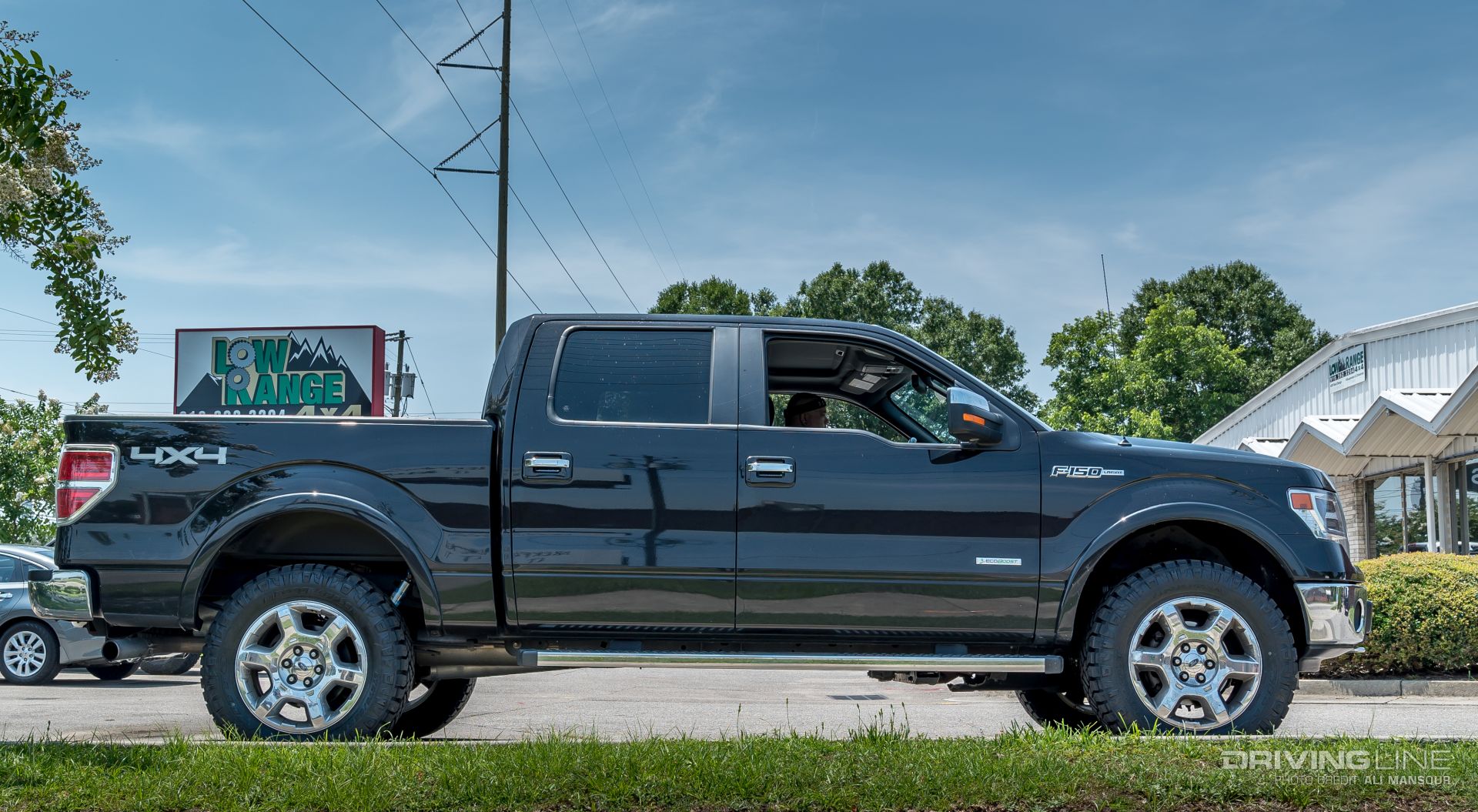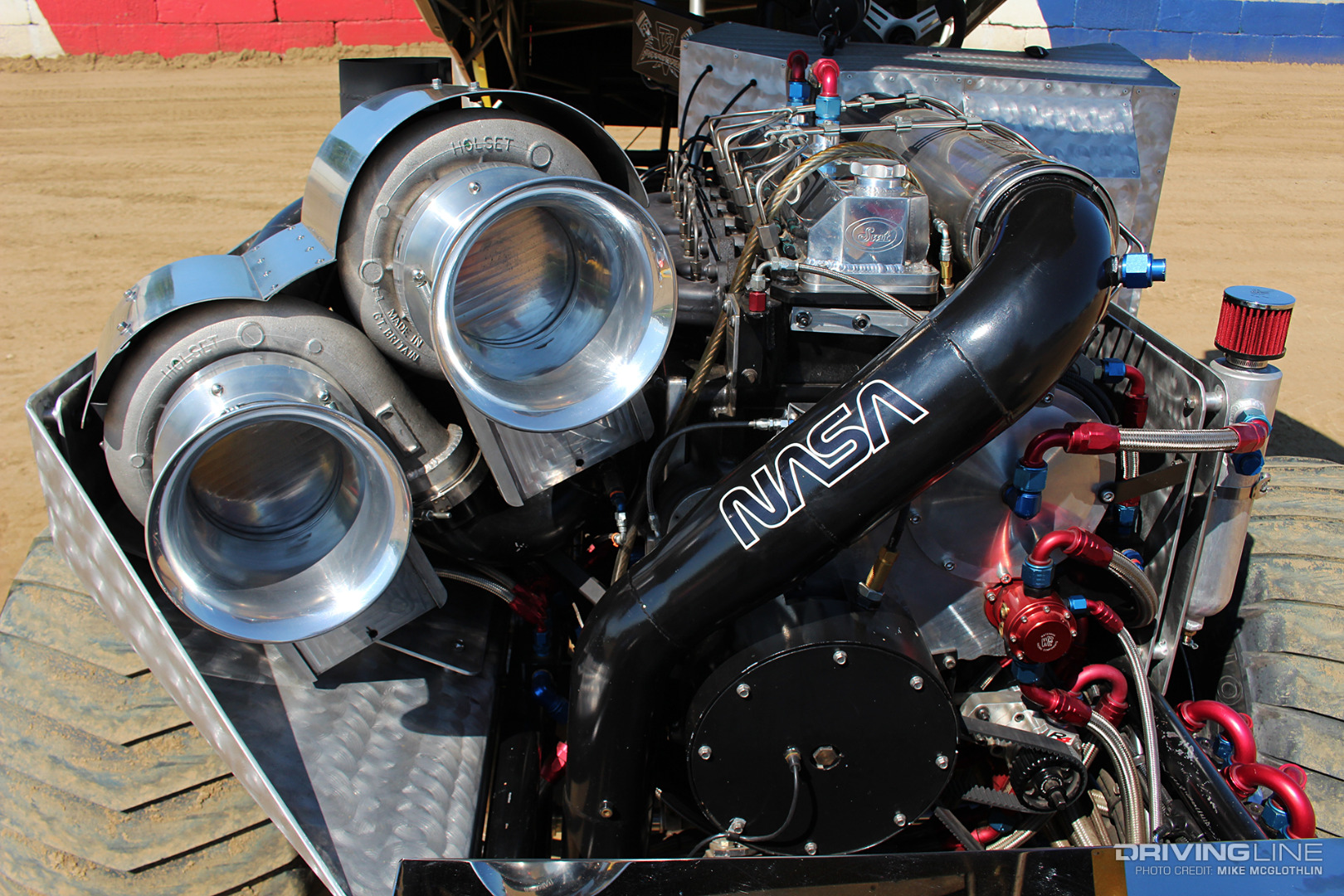How much power will my stock turbo handle? It’s a question we hear a lot in the diesel segment. Due to more than 80 percent of all diesel owners not being willing to modify their trucks to the extent that a turbo upgrade is necessary, it’s one of our favorite areas to explore. Full disclosure: The question itself doesn’t usually imply someone wants to know what it will take to grenade their stock turbo, but rather how much horsepower they can squeeze through it while maintaining a certain level of reliability. Well, we’ve listed those power numbers for you below.
Whether you’ve got a 7.3L Power Stroke or the new state-of-the-art 6.7L, a P-pumped 12-valve Cummins or a late model 6.7L common-rail, or an ’01-‘16 Duramax, we’ll tell you how much horsepower you can get away with, along with the approximate danger zone you should avoid at all costs. This is great information to know before your performance aspirations have a chance to cause you any financial harm or heartache. Enjoy!
A Word on Stock Turbo Failure:
![001-Turbo-Over-Speed-Failure-Carnage]()
In most stock turbo applications, drive pressure will become a problem long before boost pressure does. When drive pressure is considerably higher than boost pressure (such as a 2:1 ratio), the thrust bearing is forced to absorb the pressure difference. Although the stock turbo may only be making 40 psi of boost, it could be seeing 85 psi of drive. This means 45 psi is pushing on the thrust bearing. With the thrust bearing riding on a thin layer of oil, the pressure difference can force the oil out from between it and the shaft, leading to bearing-to-shaft (metal-to-metal) contact. Thrust bearing failure is usually imminent once this happens.
Power Stroke
’94.5-’99 7.3L: 380 to 400rwhp
![002-Power-Stroke-Garrett-TP38-Turbocharger]()
Thanks to being wastegated (bleeding off potentially harmful, excess drive pressure), the turbo used on ’99.5-’03 7.3L Super Duty engines, the Garrett GTP38, is capable of surviving slightly more horsepower than the non-wastegated unit found on ’94.5-’97 mills (the Garrett TP38). Either charger can hold up to 30-35 psi of boost for a while, but 40 psi or more is asking a lot for a turbo that was originally intended to see a maximum of 17 to 23 psi.
Danger Zone: 400+ rwhp or 35+ psi boost
’03-’07 6.0L: 475 to 500rwhp
![003-Ford-Power-Stroke-Diesel-GT3782VA-Turbo]()
The variable geometry Garrett GT3782VA aboard the 6.0L Power Stroke has no problem supporting full-effort performance tuning on the factory fuel injectors (420 to 440rwhp). However, and like most diesels, turbocharger efficiency begins to suffer once a larger set of injectors enters the equation. With the exception of the ’03 model year turbo capable of supporting slightly more horsepower due to its larger compressor wheel and different turbine wheel, we would draw the line (for reliability purposes) after adding a set of 155cc injectors.
Danger Zone: 525rwhp or 35+ psi boost
’08-’10 6.4L: 580 to 600rwhp
![004-2008-2010-Power-Stroke-Sequential-Turbo-System]()
With its highly efficient, high volume common-rail injection system, nearly 600rwhp can be squeezed through the 6.4L Power Stroke’s factory BorgWarner compound turbo arrangement with no power adder other than custom tuning. At this power level, more than 50 psi worth of boost is on tap and drive pressure is beginning to creep up. As a result, EGT can get a tad warm and both compressors are out of their map (i.e. inefficient) beyond 3,000 rpm.
Danger Zone: 650rwhp or 55+ psi boost
’11-present 6.7L: 460 to 540rwhp
![005-Ford-Power-Stroke-Garrett-GT32-SST-VGT]()
On ’11-’14 model Super Dutys, where the dual compressor wheel, ultra-restrictive Garrett GT32 SST was employed, durability comes into question with hot tuning. On the other hand, the GT37 frame Garrett on the ’15-newer engines seems to hold up fine to aggressive programming, along with enabling considerably more horsepower to be made over the GT32.
Danger Zone: 525rwhp or 35+ psi boost (’11-‘14), 550+ rwhp (’15-newer, estimated)
Cummins
’94-’98 5.9L 12-valve & ’98.5-’02 24-valve (w/HX35): 400rwhp
![006-Holset-HX35-Turbocharger-Cummins]()
The HX35 is tough as nails. It can handle twice the boost it was intended to make from the factory and then some, long-term. It’s also been used as the high-pressure (manifold) charger in various compound turbo arrangements over the years. Simply put, it can handle plenty of abuse (40 psi of boost and high drive). For an HX35 with a factory exhaust housing, we’d call it quits at the 400rwhp mark, as EGT can get pretty toasty at this point (1,500 degrees F).
Danger Zone: 450+ rwhp or 40+ psi boost
’03-‘04 5.9L common-rail: 425 to 450rwhp
![007-Holset-HE341CW-Turbocharger-Cummins]()
On early common-rail 5.9L Cummins engines you’ll find the Holset HE341CW. Similar to the Holset HY35 found on ’00-’02 24-valves that were bolted to automatic transmissions, the HE341CW makes use of a tight exhaust housing and a small outlet, which yields quick spool up but is known to produce higher drive pressure and EGT in a performance application. Thanks to the common-rail system’s fueling potential (and the airflow of the 24-valve head), you can still squeeze 450rwhp out of the HE341CW, but it’s nowhere near as durable as the HX35 that preceded it.
Danger Zone: 450+ rwhp or 35+ psi boost
’04.5-’07 5.9L common-rail: 480 to 520rwhp
![008-Cummins-Holset-HE351CW-Turbo]()
The last of the fixed geometry turbos found on the Cummins is the Holset HE351CW, and it’s pretty darn tough. Internally (and electronically) wastegated and equipped with a 58mm compressor wheel, a 58mm turbine wheel and a 0.65 A/R exhaust housing, the HE351CW can support mid 400 power levels, indefinitely. We’ve seen them live a while on trucks making at or more than 500rwhp, but beyond 450rwhp, excessive EGT can become a problem. We’ve even seen an HE351CW support more than 600rwhp on a stock turbo class pulling truck equipped with larger injectors and a stroked CP3, but there is no telling how long it would last if driven daily on the street.
Danger Zone: 570+ rwhp or 40+ psi boost
’07.5-present 6.7L common-rail: 480 to 530rwhp
![009-Holset-HE351VE-Variable-Geometry-Turbocharger]()
With a new-and-improved injection system, increased bore and added stroke over the 5.9L, the 6.7L Cummins was destined to be a torque monster, but its use of a variable geometry Holset HE351VE turned it into a real earth-mover. Instant spool up and a power curve that’s usable from idle-to-redline are among the HE351VE’s strong suits. However, venturing into 500rwhp territory can yield some worrisome drive pressure numbers—which can contribute to a blown head gasket (a fairly common failure in the 6.7L Cummins segment).
Danger Zone: 530+ rwhp or 35+ psi boost
Duramax
’01-’04 LB7: 500 to 530rwhp
![010-Duramax-IHI-Turbocharger]()
Equipped with a fixed geometry turbo, the valley-located charger used on the first-generation (LB7) 6.6L Duramax was manufactured by IHI. Called the RHG6, it sports a 60mm compressor wheel (inducer), a 68mm turbine wheel (exducer) and features a wastegate. If boost is kept reasonable (below 30-31 psi), the IHI RHG6 can support considerable power, but disable the wastegate and go beyond 30 psi and the added drive pressure that comes along with that extra boost will kill one in short order. Due to their relatively small turbine wheel, the factory IHI is notorious for overspeed failure when pushed too hard.
Danger Zone: 530+ rwhp or 30+ psi boost
’04.5-’10 LLY, LBZ, LMM: 500 to 530rwhp
![011-Duramax-Garrett-GT3788VA-Turbo]()
In a word, the variable geometry Garrett GT3788VA turbos found on the ’04.5-present era Duramaxs are “tough.” There aren’t a lot of cases of overspeed (as was the case with the LB7’s turbo) and they’re also good for handling more boost. Their biggest point of failure rests in the turbine side, where the engine’s PCV and EGR systems contribute to oil coking and carbon buildup on the turbine vanes and unison ring. While all versions of the GT3788VA aboard the LLY, LBZ or LMM are very similar, the LLY unit features the largest compressor wheel (with a 62.6mm inducer) and the tallest vane height on the exhaust side, which lends itself to slightly higher horsepower potential.
Danger Zone: 550 to 600+ rwhp or 35+ psi boost
’11-’16 LML: 480 to 510rwhp
![012-Duramax-LML-Garrett-Turbocharger]()
The Garrett VVT found on the LML Duramax is similar to the units found on the LLY, LBZ and LMM engines, but with a few subtle changes. One key difference is the LML turbo’s use of shorter vanes on the turbine side (11.2mm vs. 15mm on the LLY charger), which is partly to blame for the ’11-’16 trucks’ inability to crack the 500rwhp mark as easily as was possible on the ’01-’10 GMs. The LML turbo also employs a 270-degree thrust bearing (vs. a 360-degree version), which means lower durability in high drive pressure situations. Still, as long as peak boost is limited to 35 psi, the LML turbo is just as stout as its predecessors.
Danger Zone: 550+ rwhp or 35+ psi boost
Want to fix some of the OEM problems with you diesel truck? We have a list of 5 aftermarket solutions.




























